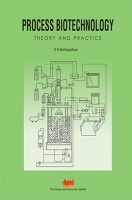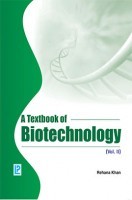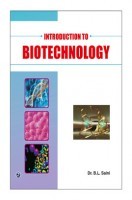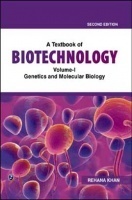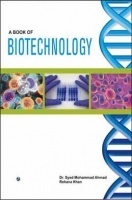Biopolymers in Food Colloids by Vinra Publication
Book Summary:
The first chapter describes temperature- and-sensitive nanohydrogels of poly(n-isopropyl acrylamide) for food packaging applications. The objective of the second chapter is to provide a comprehensive introduction to edible polymers by providing descriptions in terms of their origin, properties, and potential uses. The third chapter presents the structure, applications, and production methods for food additive polyglycerol polyricinoleate. Food antimicrobials nanocarriers have been discussed in the fourth chapter. The fifth chapter refers to electrospun nanomaterials. The sixth chapter reviews the strategies adapted to make functional polymer be utilized as a delivery system. The seventh chapter deals with the recovery of extracellular lipolytic enzymes frommacrophomina phaseolina by foam
fractionation with air. In the last chapter, we discuss the Tooth enamel. It is
composed of both an organic and an inorganic phase in the last chapter.
This book is Useful for Biotechnology Students.
Table of Content:
Chapter 1 Temperature and Ph-Sensitive Nanohydrogels Of Poly (N-Isopropylacrylamide) For Food Packaging Applications: Modeling The Swelling-Collapse Behaviour.
Chapter 2 Edible Polymers: Challenges and Opportunities
Chapter 3 The Food Additive Polyglycerol Polyricinoleate (E-476): Structure, Applications, and Production Methods
Chapter 4 Food Antimicrobials Nanocarriers
Chapter 5 Electrospun Nanomaterials: Biotechnology, Food, Water, Environment, and Energy
Chapter 6 Pseudomonas Sp. as a Source of Medium Chain Length Polyhydroxyalkanoates for Controlled Drug Delivery: Perspectives
Chapter 7 Recovery of Extracellular Lipolytic Enzymes Frommacrophomina Phaseolina by Foam Fractionation with Air
Chapter 8 Trace Elements can Influence the Physical Properties of Tooth Enamel









